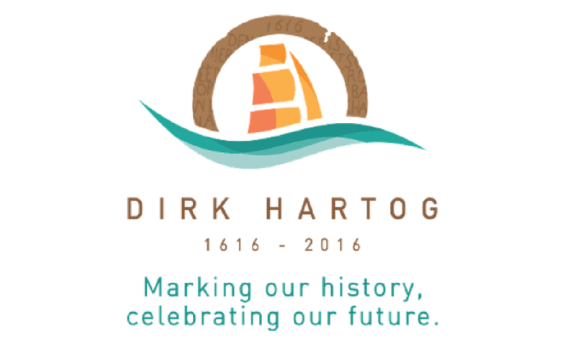Digital Classroom

Japanese map of World War ll, 1942, nla.gov.au/nla.obj-234704475
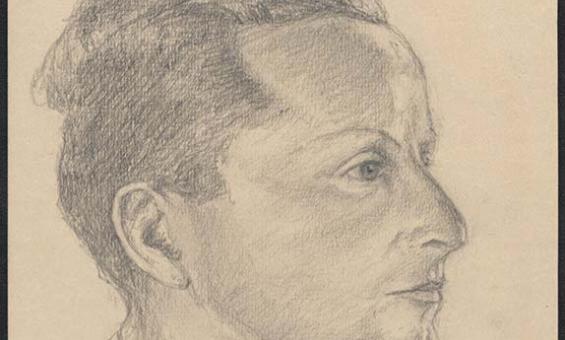
Theodor Engel, Study of a Dunera boy at Tatura, Victoria, 1943, nla.gov.au/nla.obj-152997802

Brendon Kelson, Garrison Gates Memorial (former entrance to POW camp), Binni Creek Road, Cowra, 1996, nla.gov.au/nla.obj-143115748

Mitsubishi A6M Zero-Sen, a Japanese single seat monoplane fighter, 1940, nla.gov.au/nla.obj-144931273
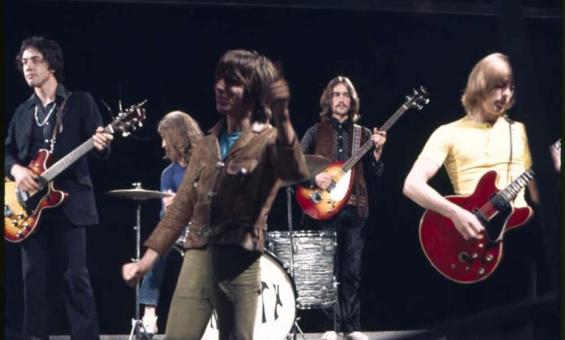
Stephen Fleay, The Easybeats rehearsing at the CBN 8 and CWN 6 television studios, Orange, New South Wales, 1970, nla.gov.au/nla.obj-151176759

Atkinson, Robert, 1863-1896. (1889). Sheedy's Castle, Balmoral Beach [picture] / Robt. Atkinson. nla.gov.au/nla.obj-135211215
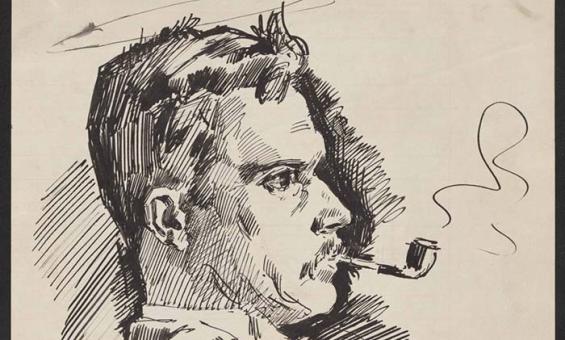
Frank Mahony, [Self-portrait] [picture] / F.P.M., 1900, nla.gov.au/nla.obj-136050024
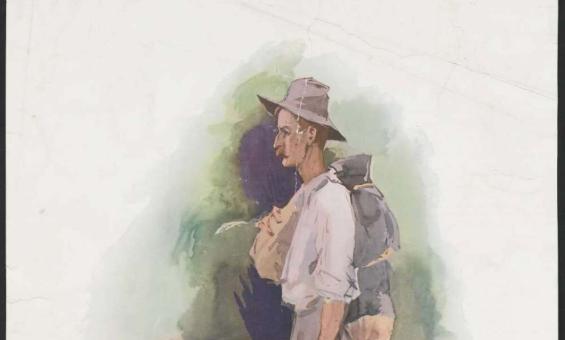
Mahony, Frank, 1862-1916. (1896). Henry Lawson in 1896 [picture] / F.P. Mahony. nla.gov.au/nla.obj-136254778

Atkinson, Robert, 1863-1896. (1889). Sheedy's Castle, Balmoral Beach [picture] / Robt. Atkinson. nla.gov.au/nla.obj-135211215

Michael Jensen, Robert de Castella winning the gold medal at the Commonwealth Games Marathon, Brisbane, 1982, nla.gov.au/nla.obj-136995791
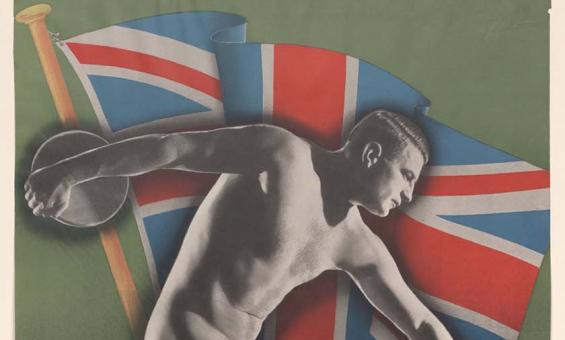
Australian National Travel Association, Australia's 150th Anniversary celebrations, Sydney, 1938 : British Empire Games 5-12 Feb. 1938, nla.gov.au/nla.obj-135690109
